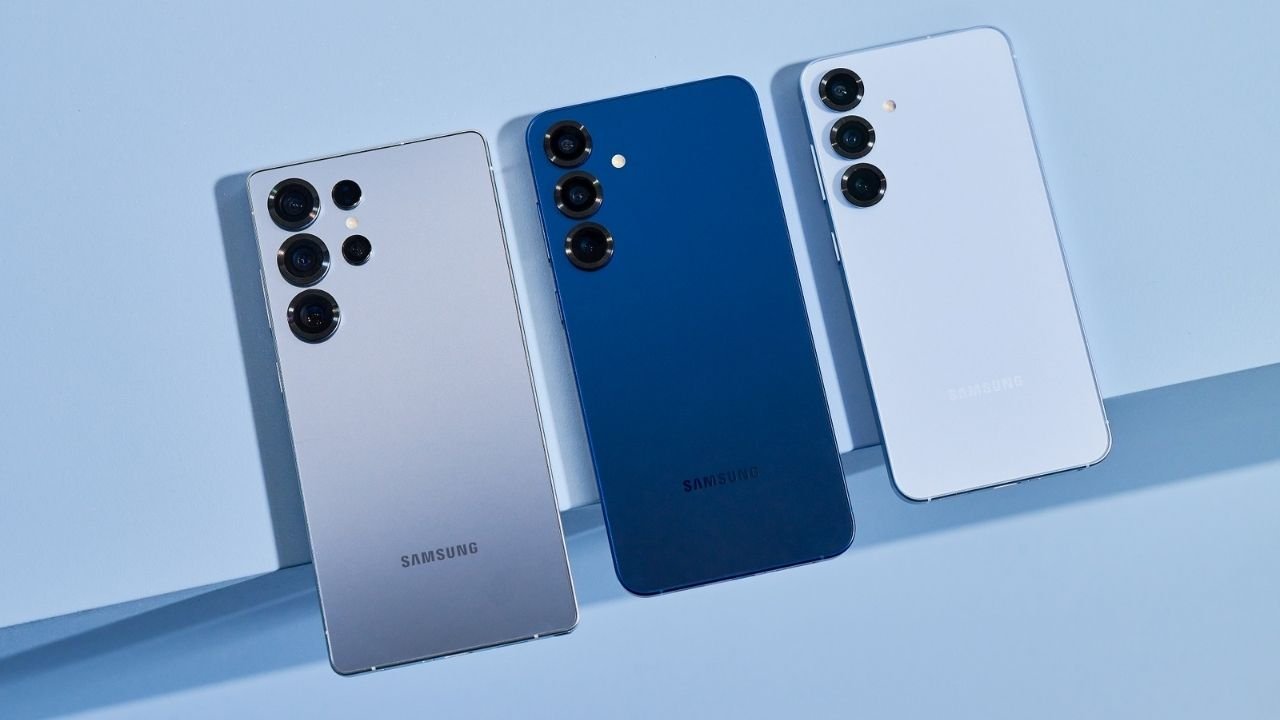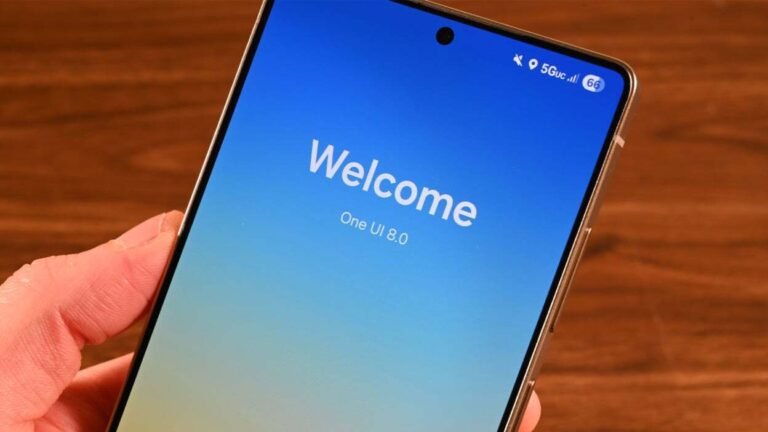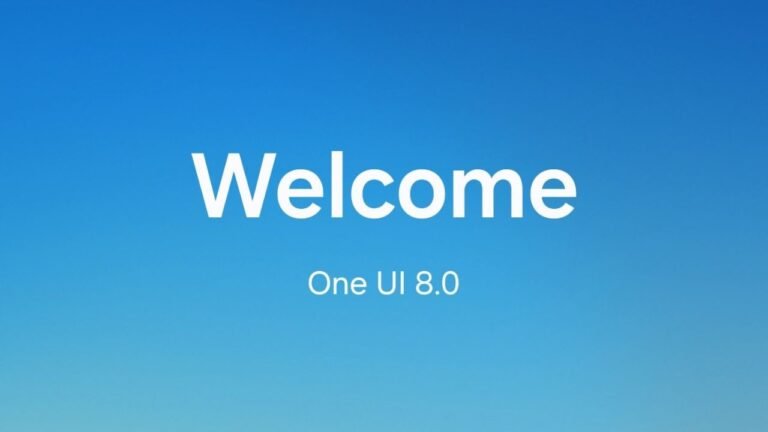
Samsung has quietly pushed the One UI 8 BYG4 Korea build to test servers for the Galaxy S25 series, upgrading from BYG3 to BYG4. This development marks a critical finalization phase before the stable Android 16-based rollout. Korean S25 users are typically first to receive updates, making this server update a strong indicator of imminent public release. The build numbers (S938NKSU5BYG4/S938NOKR5BYG4) specifically target both carrier-locked and unlocked Korean models, showcasing Samsung’s regional prioritization strategy.
Understanding the One UI 8 BYG4 Korea Build Significance
One UI 8 BYG4 Korea isn’t just another incremental update – it carries substantial technical weight. The “5” in the build code signifies a bootloader version upgrade, permanently blocking downgrades to older firmware. This move confirms Samsung’s confidence in the build’s stability as a near-final candidate. Historically, such server updates precede public releases by mere days, putting Korean Galaxy S25 owners on high alert for the OTA notification. The transition from BYG3 to BYG4 suggests focused polishing of beta feedback rather than major feature additions.
Korean S25 users stand at the forefront of this upgrade wave, acting as de facto stability testers before global deployment. Early adopters should anticipate fixes for persistent beta pain points like keyboard responsiveness, S Pen glitches, and background battery drain. Samsung’s decision to refine rather than reinvent at this stage underscores their commitment to delivering a frustration-free experience. This approach also hints at a strategic launch alignment with upcoming Galaxy Unpacked events, maximizing marketing synergy.

Global Release Timeline Expectations
Following Korean validation, the One UI 8 BYG4 Korea build will likely cascade to international markets within 1-2 weeks. Major regions like the US, Europe, and India typically follow Korea’s lead after confirming zero critical bugs. Samsung’s update patterns suggest a late July stable rollout, especially post-Galaxy Unpacked hardware announcements. Beta participants outside Korea should monitor their Members app for priority access before public release.
Common questions arise around manual installation, but experts strongly advise against sideloading test server builds. The imminent OTA delivery ensures proper signature verification and prevents security vulnerabilities. Battery performance concerns from early betas should also resolve significantly, as BYG4 focuses specifically on power optimization algorithms. International users can track rollout progress through Samsung’s firmware tracker portals.
This update represents Samsung’s final quality gate before the Android 16 ecosystem goes mainstream. While light on flashy features, One UI 8 BYG4 Korea delivers what matters most: refined stability and seamless interaction. As the update hits Korean devices, global users should prepare by backing up data and clearing storage space. The era of buttery-smooth Android 16 functionality is just days away from going live worldwide.
Pro Tip: Enable “Auto download over Wi-Fi” in Software Update settings to be among the first to experience the stable build!




1 thought on “One UI 8 BYG4 Korea Update Hits Galaxy S25: What to Expect”
Comments are closed.